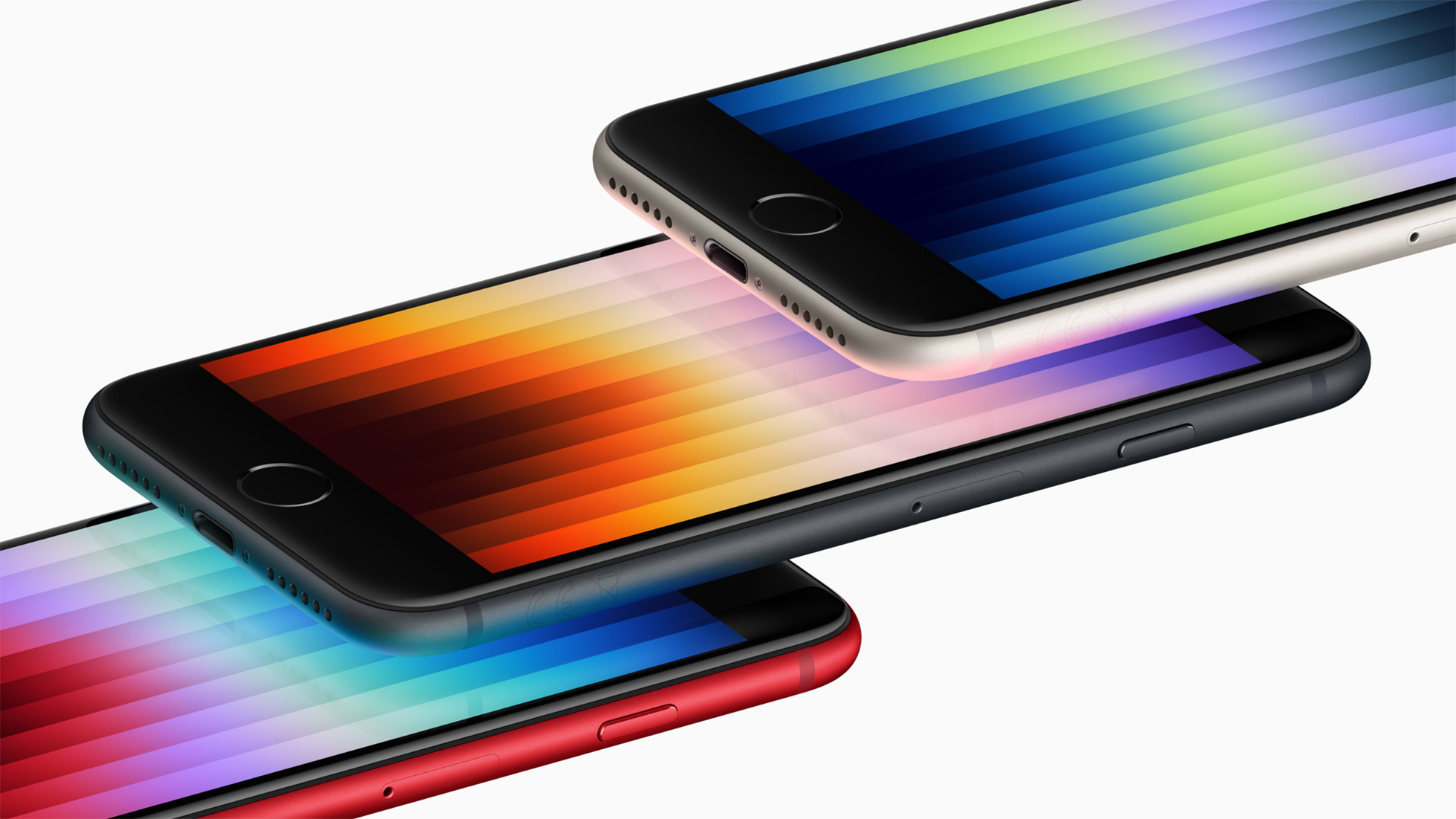
Geekbench scores for the new third-generation iPhone SE shows that Apple's most affordable iPhone features performance on par with the company's flagship iPhone 13, as they both feature the same A15 Bionic chip.

Geekbench scores for an "iPhone 14,6," the model identifier for the new iPhone SE, show a single-core score of 1695 and a multi-core score of 4021. For reference, the iPhone 13 has a single-core score of 1672 and a multi-core score of 4481. The difference in scores are marginal and will not represent real-world difference for customers.
Corroborating MacRumors reporting from yesterday, the Geekbench scores confirm the new iPhone SE features 4GB of RAM.
Compared to the previous generation iPhone SE, Apple promises up to 1.2x faster graphics on the new iPhone SE. Apple also now claims up to 15 hours of video playback, which is two hours more than was advertised for the iPhone SE 2. The A15 Bionic chip also powers new features now available to iPhone SE customers, such as Photographic Styles, Smart HDR 4, and Live Text in iOS 15.
The new iPhone SE features the same 4.7-inch design with a Home button and Touch ID but now comes with 5G.
The third-generation iPhone SE starts at $429, $30 more than the previous model, and will be available for pre-order on March 11 and available on March 18.
Article Link: Geekbench Scores of New iPhone SE Show On-Par Performance With iPhone 13

